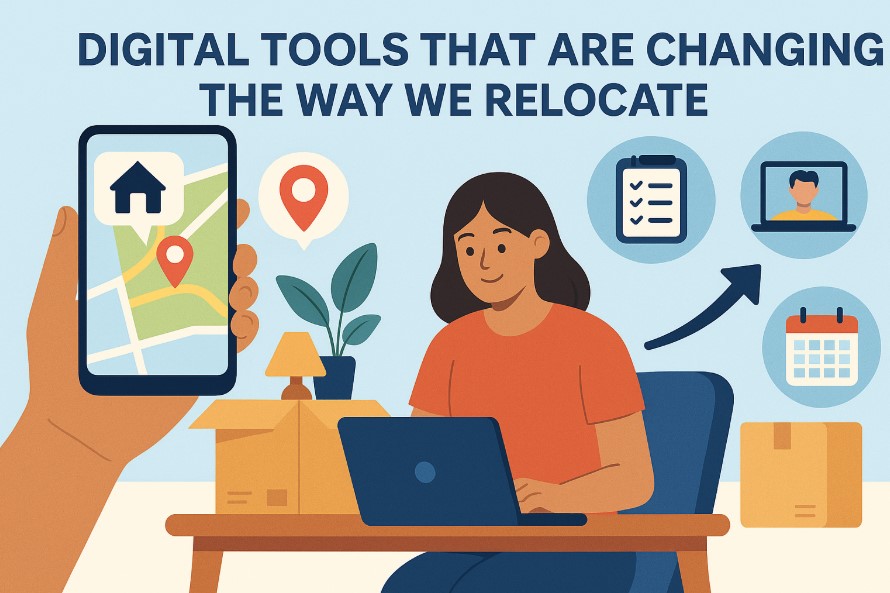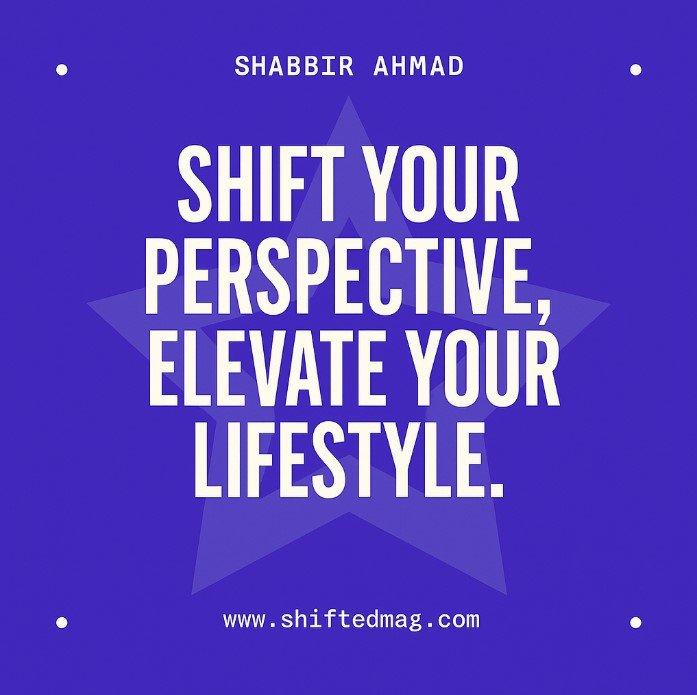Real Estate
Digital Tools That Are Changing the Way We Relocate

Whether across town, across the country, or overseas, relocating has always been complex. Packing, transport, timing, costs, settling in: the list is long, and the stress levels are high. But modern digital tools are changing all that. These days, moves are becoming more predictable, more transparent, and much less overwhelming.
Read on to explore some of the innovations that are rewriting the relocation playbook.
-
Virtual Surveys and AI-Powered Estimations
In the past, you’d need someone to come to your home, assess how many boxes you need, the size of your furniture, and so on, to give you a quote for moving. Now, using tools like video calls, 3D scans, or uploading photos, many moving and relocation services can estimate cost and volume without ever sending someone in person. This saves time, reduces guesswork, and often helps avoid last-minute cost surprises.
AI aids this process as well: algorithms can analyse your inventory, predict how much packing material you’ll need, and suggest optimal timing based on many variables (traffic, season, fuel costs).
-
Real-Time Tracking and Smart Logistics
One of the greatest anxieties with moving is: Where are my belongings now? Digital tools are answering this:
- GPS tracking for moving vehicles or even individual shipments gives you live updates.
- Internet-of-Things (IoT) sensors can monitor conditions during the transit of sensitive items like artwork or electronics by tracking factors such as temperature, humidity, shock, or tilt.
- Route optimisation tools: factoring in traffic, weather, and road closures to pick the best path. This saves time, reduces fuel costs, and lowers your carbon footprint.
-
Automation, Digital Platforms, and Transparency
Technology has brought more than hardware and sensors. It’s brought software infrastructure, which is making relocation smoother on many fronts. For example:
- Digital portals or dashboards where you can see all the steps, communicate with your movers, and check progress.
- Chatbots or virtual assistants that answer common questions, schedule services, or even help with packing checklists.
- Automated documentation and contracts: invoicing, insurance, forms, etc. Many of these now move fully digital, reducing paperwork, errors, and delays.
-
Personalisation, Community, and Belonging
Beyond the logistics, relocation is a deeply human process: routines are broken, social networks disrupted, and cultural adjustment are required. However, digital tools are increasingly helping with the emotional and social sides as much as the physical side:
- AI-driven platforms can personalise relocation support: recommending neighbourhoods based on your lifestyle, matching you with local groups or mentors, giving city-orientation tools, cultural tips, etc.
- Wellbeing check-ins, tools to help you get a sense of belonging to the community: relocation is less scary when you have guidance and connection.
-
Marketplaces and Matchmaking Services
Sometimes moving isn’t about hiring a single mover. Rather, it’s about comparing, bidding, and matching capacity. Digital marketplaces make this easier.
For instance, platforms that allow transporters to bid for jobs (or that match people who have spare van/truck capacity with those who need a move) can drive down costs, increase efficiency, and open up more service options.
One example is www.shiply.com, which connects people who need to move goods with transport providers who have spare space. Rather than booking a transporter outright, users post the job and transporters offer quotes, giving more choice, better prices, and flexibility.
-
Eco-Efficiency and Sustainability Tools
Increasingly, people who are relocating want their move to be not just efficient but also environmentally responsible, and the digital tools that are helping with this include:
- Optimised routes means reduced fuel consumption.
- Smart planning of packaging materials, as well as recycling and reusing materials.
- Monitoring of carbon footprints for moves, giving clients information about their environmental impact.
Looking ahead, we can expect:
- More integration: your relocation app might connect with local services (utilities, schools, transportation), meaning many pieces of the move are automated.
- Better AI for predicting “soft” outcomes: how well people adjust socially, psychologically.
- More augmented reality (AR) or virtual reality (VR) tools to visualise new homes, plan your furniture layout, etc.
- Possibly blockchain for secure documentation and supply chain tracking.
If you’re facing a move soon, it’s worth exploring which digital tools are out there because the difference between a smooth move and a stressful one often comes down to the tools you use.














